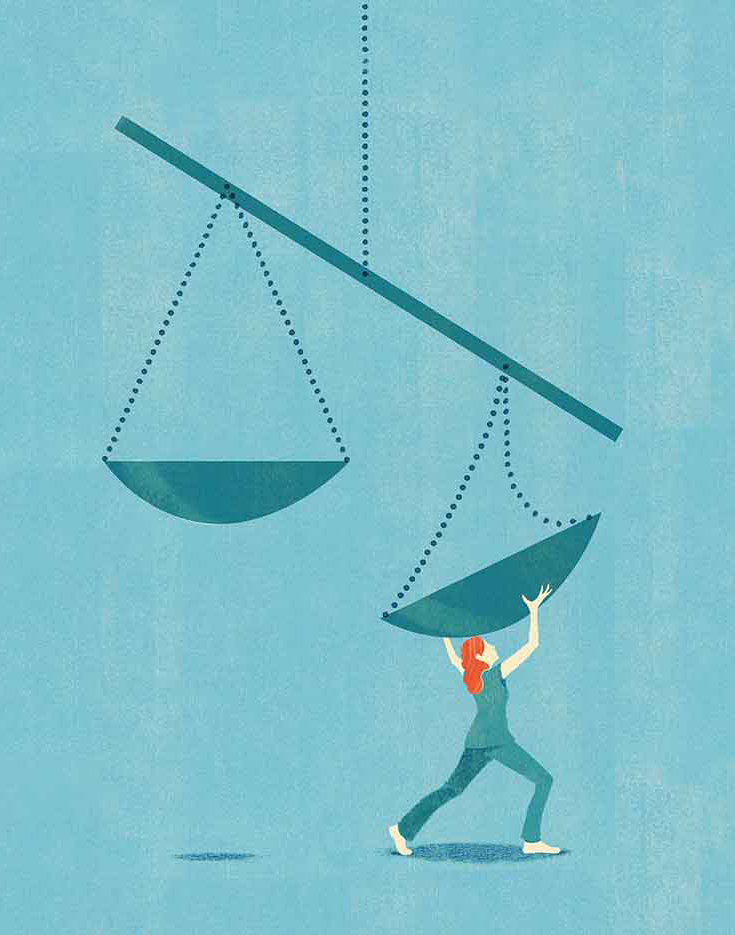In the early months of 2020, Charles Widger School of Law Professor Todd Aagaard, JD, had planned to teach a climate change course during the fall semester. But when COVID-19 hit the United States in February, he pivoted his approach and created this course on the legal aspects of the evolving pandemic.
“When the pandemic first began, it was largely looked at as a public health issue,” says Professor Aagaard. “But soon it created a legal tidal wave impacting all areas—employment law, bankruptcy, landlord and tenant issues, insurance, contracts, health law and more.”
In “The Law of Pandemic Disease” course, students examined legal responses to public health emergencies that arose from pandemic infectious diseases and the intersection of law and policy.
Each student was assigned a state and researched the potential impacts of an infectious disease outbreak there, as well as the laws that may be affected. At the end of the semester, students developed an analysis and recommendations for how their state’s laws should respond to COVID-19 and prepare for future pandemics, based on factors such as epidemiology, politics and economics.
“The second and third waves were a real challenge for the students, because it has upended some of their narratives,” Professor Aagaard says. “Some states that seemed to have successfully responded during the spring and summer had more difficulties in the fall when COVID fatigue set in.”
It was a challenging semester for students, evaluating an issue on such a large scale with so many constantly moving parts. But they walked away knowing how to research, organize and write analytically on a multidimensional, multidisciplinary and controversial topic. Attorneys have to adapt to changing circumstances and address unforeseen emergencies. This course was an opportunity for students to participate in a simulated version of that experience.
“They had to try to figure out in real time what the lessons of COVID will turn out to be, which involves a lot of uncertainty,” Professor Aagaard says. “This is something that lawyers and leaders have to do all the time, but it’s not something that students necessarily get much experience with.”

ILLUSTRATION: DAN BEJAR
Did You Know?
In the US, crisis management is typically organized from the ground up—local governments take the lead with support from their state government. In larger emergency situations, the federal government steps in.